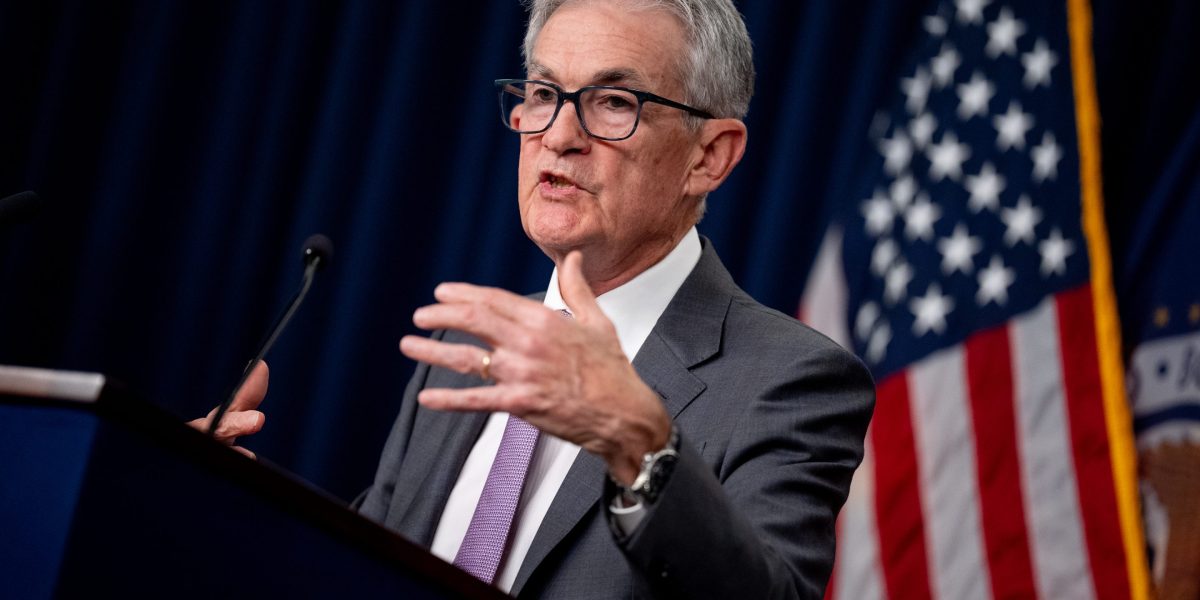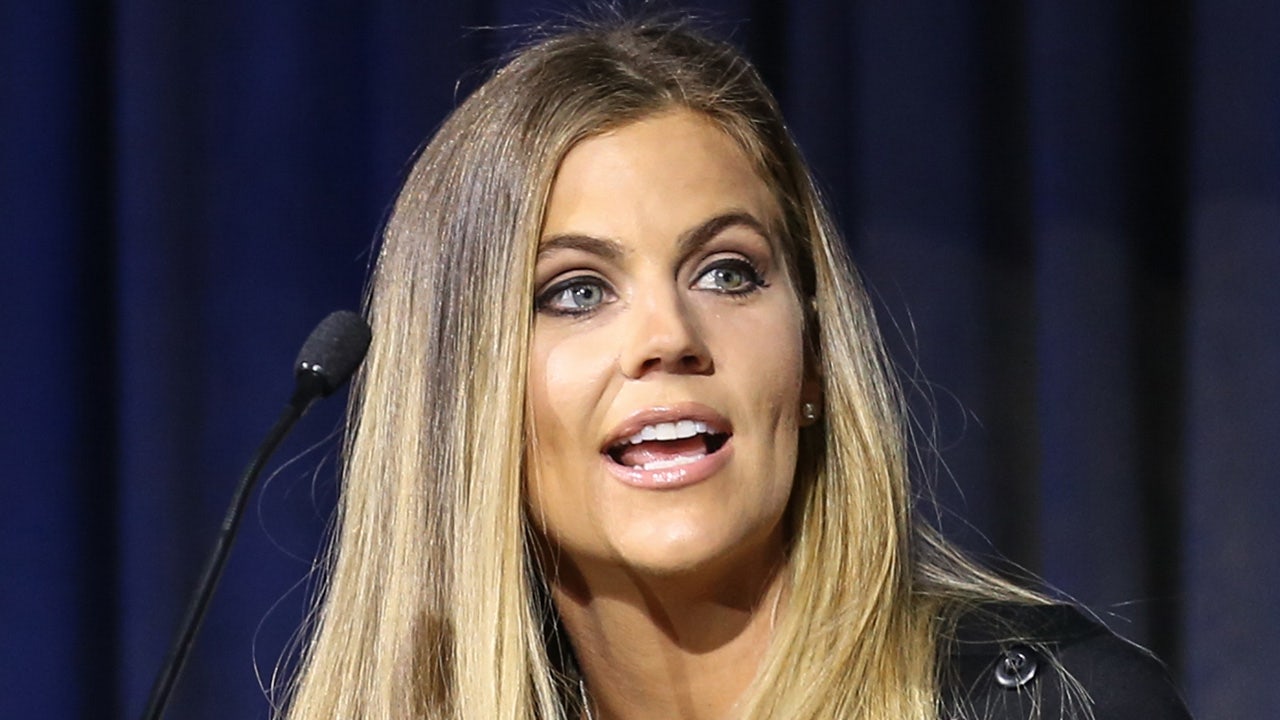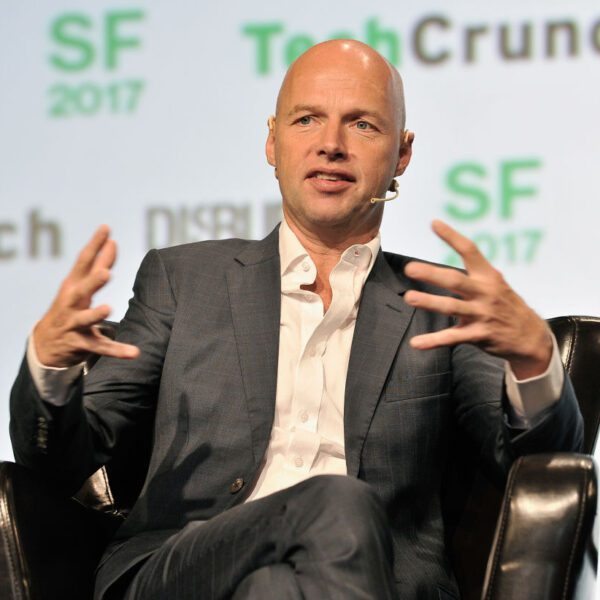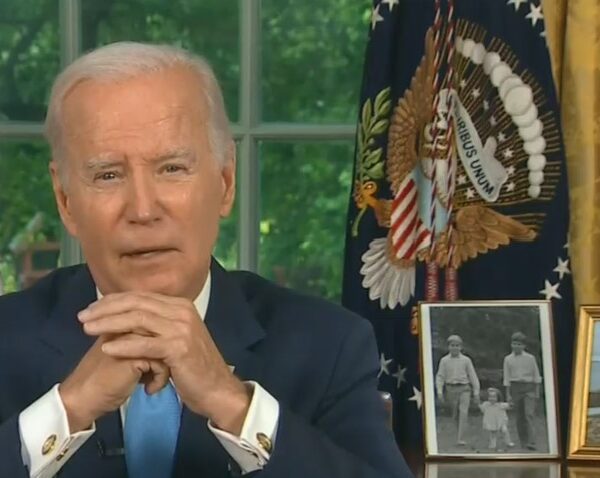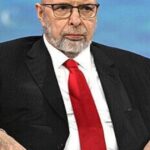

Federal Reserve Chair Jerome Powell recently attended a closed-door meeting with a group of big-bank CEOs, encouraging them to work with the Fed to avoid a years-long legal battle over the Biden administration’s landmark capital proposal.
Powell told the bank chiefs, including JPMorgan Chase & Co.’s Jamie Dimon and Citigroup Inc.’s Jane Fraser, that the public would have the chance to weigh in on key changes to the plan, according to people with knowledge of last month’s gathering hosted by the Financial Services Forum, a trade group for the largest US banks.
Although it’s not unusual for Powell or other Fed governors to meet with the panel of top bank CEOs, the discussion is the latest sign that he’s using his influence to try to get consensus from the industry and Fed governors — and push the package across the finish line. The effort, a response to the 2008 global financial crisis, has been in the works for more than a decade. It has faced fierce opposition from the industry, which is preparing for a potential legal fight.
The Fed already has floated a dramatically weaker version of the bank-capital overhaul to other regulators, alarming some agency officials. That has prompted some observers to question whether the central bank’s board, which prides itself on consensus, will give too much ground on the proposal, known as the Basel III endgame.
“I was disturbed by Powell’s testimony the last time he was on the Hill, when he said that he expects the final Basel endgame rule to have ‘broad support among the broader community of commenters on all sides,’” said Jeremy Kress, a former Fed bank-policy attorney who now teaches business law at the University of Michigan. “That’s a dangerous standard, because it sets the Fed up to bend to banks’ will.”
Other Fed watchers say Powell is simply following guideposts established by law.
“There is a statutory requirement that the Federal Reserve must follow in setting major banking policy,” said Thomas Hoenig, a former president of the Federal Reserve Bank of Kansas City and now a distinguished senior fellow at the Mercatus Center at George Mason University. “It is not, as such, consensus building but instead establishing the right policy and seeking information and comment from the industry to be certain its policy achieves the intended outcomes.”
A Fed spokesperson and a Financial Services Forum representative declined to comment on the meeting.
The July 19 event in Washington also drew Bank of America Corp.’s Brian Moynihan and Morgan Stanley’s Ted Pick, according to people familiar with the meeting. Fed Vice Chair for Supervision Michael Barr, seen as the architect of the original proposal, didn’t attend, some of the people said.
The original draft, released in July 2023 by the Fed, Federal Deposit Insurance Corp. and the Office of the Comptroller of the Currency, called for an overall 16% hike in the capital that banks must hold as a cushion against financial shocks.
But the Fed later showed other regulators a three-page document of potential revisions that suggested an increase as low as 5%. The revisions could walk back key parts of the landmark proposal — including one that might have had a large effect on big banks with sizable trading businesses.
Powell told US lawmakers last month that there had been no final decision on any changes to the proposal — but “quite a bit of progress.” Some FDIC and OCC officials had indicated privately that they would resist any capital increase that they consider too low.
Others have raised concerns that the Fed might push ahead on its own with a revised proposal if the three regulators are unable to get on the same page.
“For just one agency to re-propose – but with an expectation that a future final rule will be issued jointly by the three agencies – would be unprecedented, sow confusion and lead to a number of practical and legal questions,” Federal Deposit Insurance Corp. Vice Chairman Travis Hill, a Republican, said last month.
At the Financial Services Forum meeting, Powell was questioned over whether the Fed would act independently of other regulators when unveiling key revisions and seeking public comment, according to people with knowledge of the gathering. Some of them said they were left with the impression that it was a possibility.
Powell told lawmakers in July that it’s important that the regulators end up with something comparable to other large jurisdictions. At the meeting with bank CEOs, he mentioned the Basel effort by the European Union, noting that its version would lead to an overall 10% capital hike, according to people familiar with the meeting. The UK’s average increase would be about 3%.
Powell’s comments to banks on the capital proposal were described as high-level, focused on how he intends to arrive at a final rule, in part through seeking fresh public comments and the release of a study on the impacts of the proposal, they said.
The chair told banks that they should come to the Fed with issues now to avoid legal woes, the people said.
The Bank Policy Institute said in January that it had retained corporate litigator Eugene Scalia to fight regulators if they don’t agree on a final rule with significant changes.
The Washington-based trade group, as well as the Financial Services Forum, the Securities Industry and Financial Markets Association and the U.S. Chamber of Commerce, sent a letter to the agencies claiming that the capital plan violated the Administrative Procedure Act, which governs the process of developing regulations.
“In this world where people feel forced to resort to courts more frequently and where courts are listening, banking regulators are going to have to become more attentive to the rights of the banks that they’re regulating and the impact that they’re having,” Scalia said on a March podcast with Bloomberg Intelligence analysts Nathan Dean and Elliott Stein.

